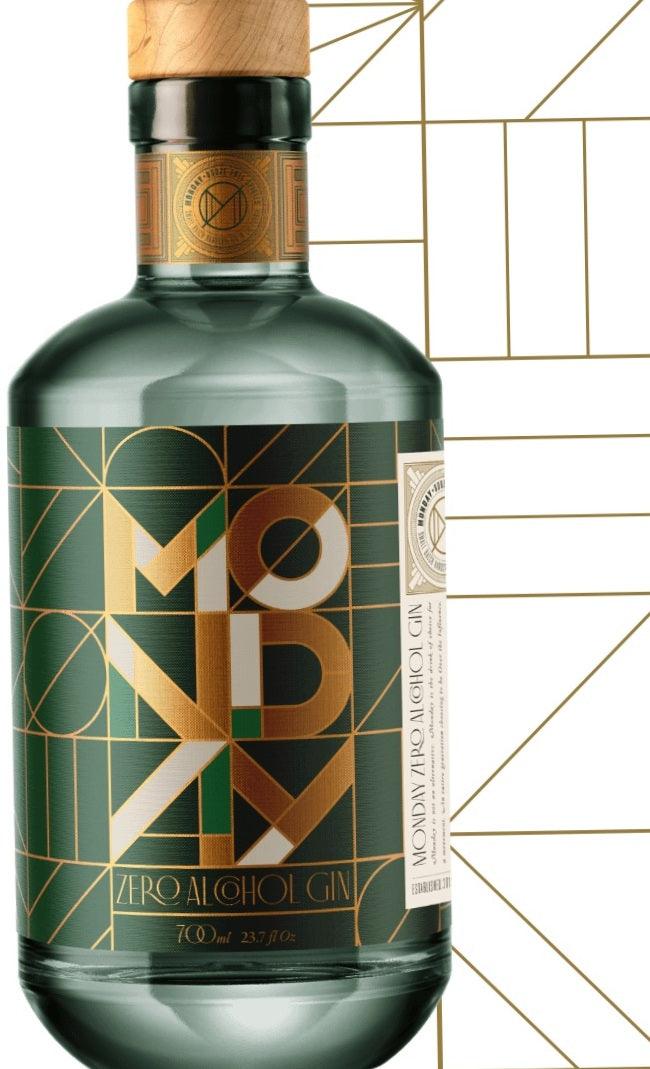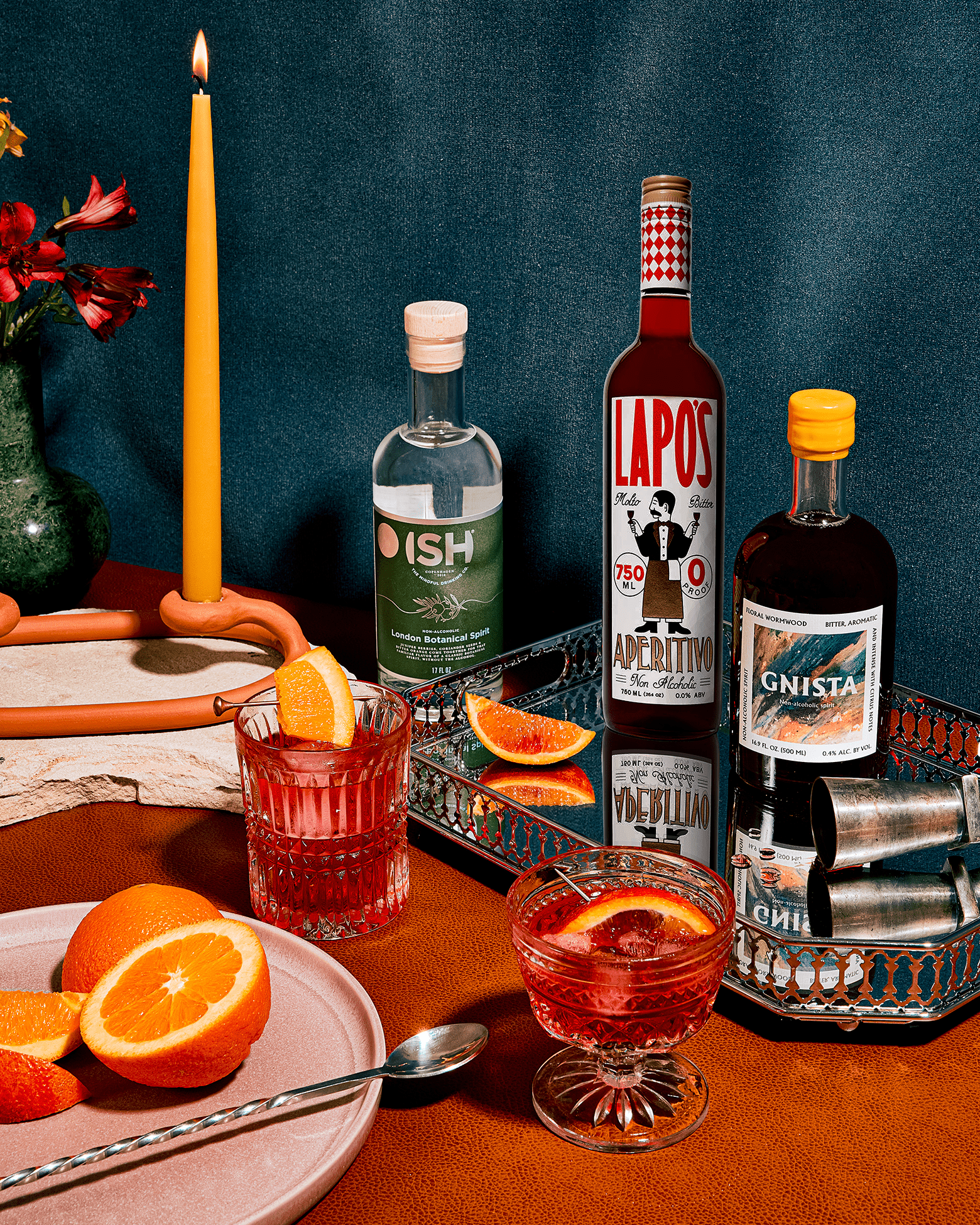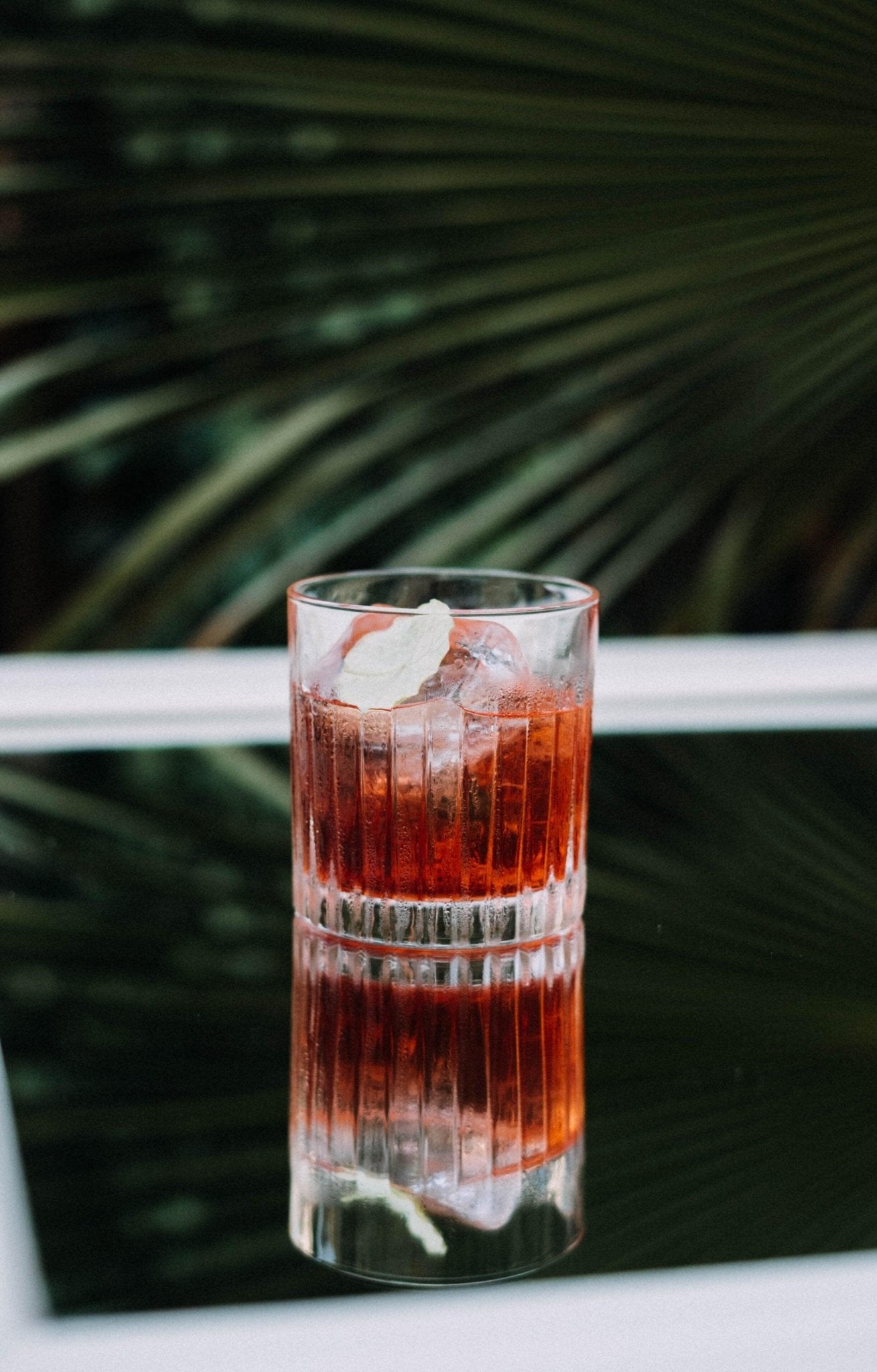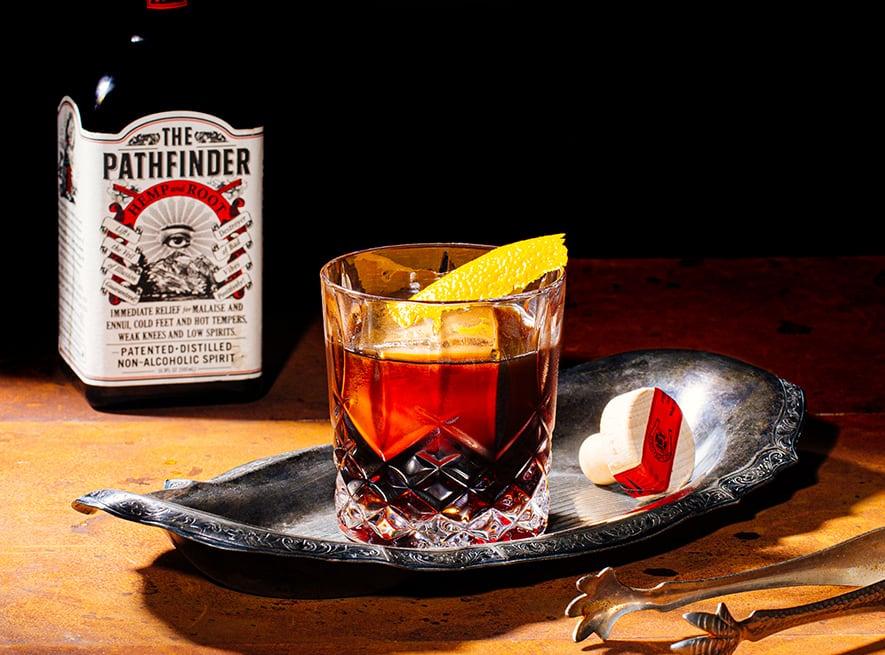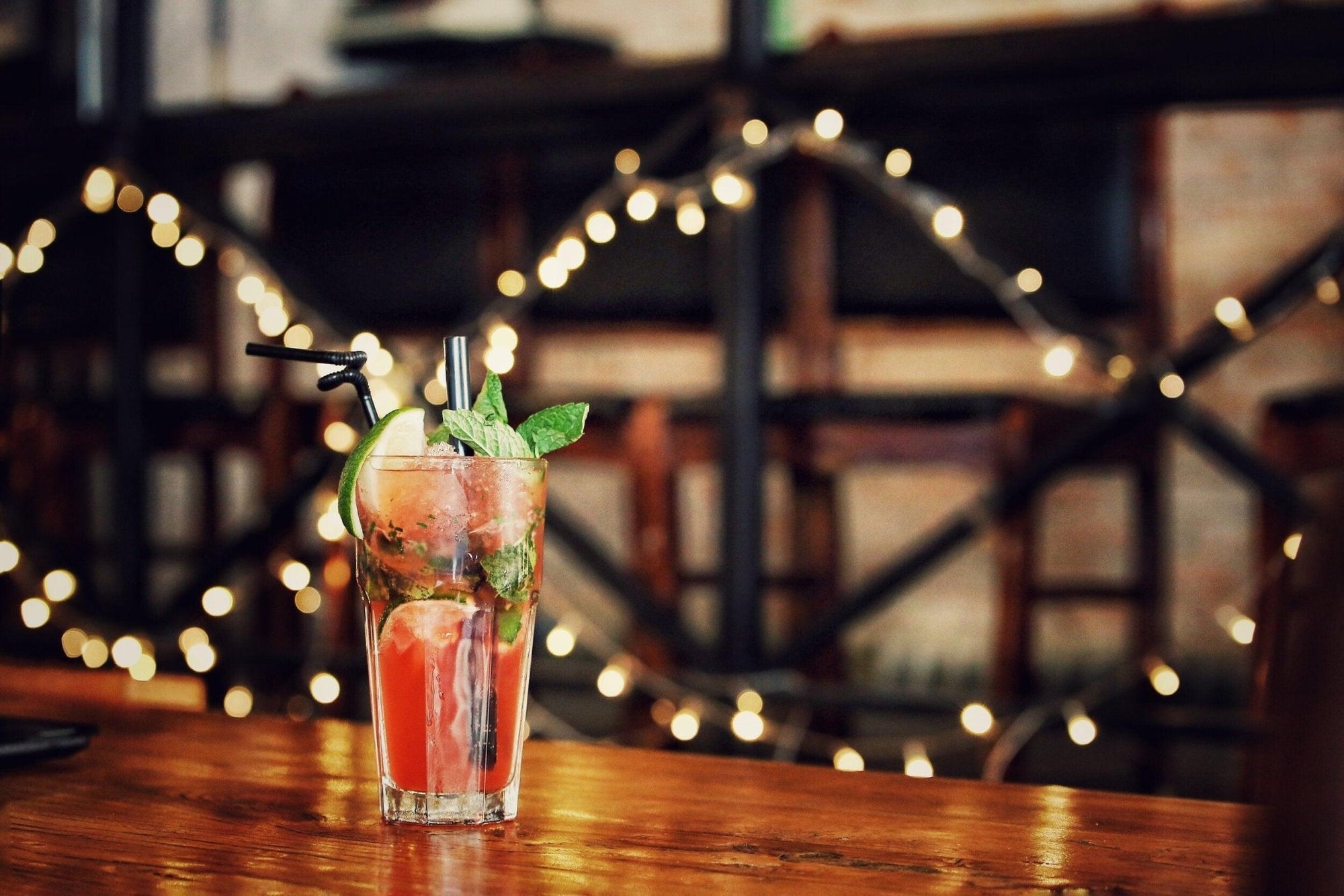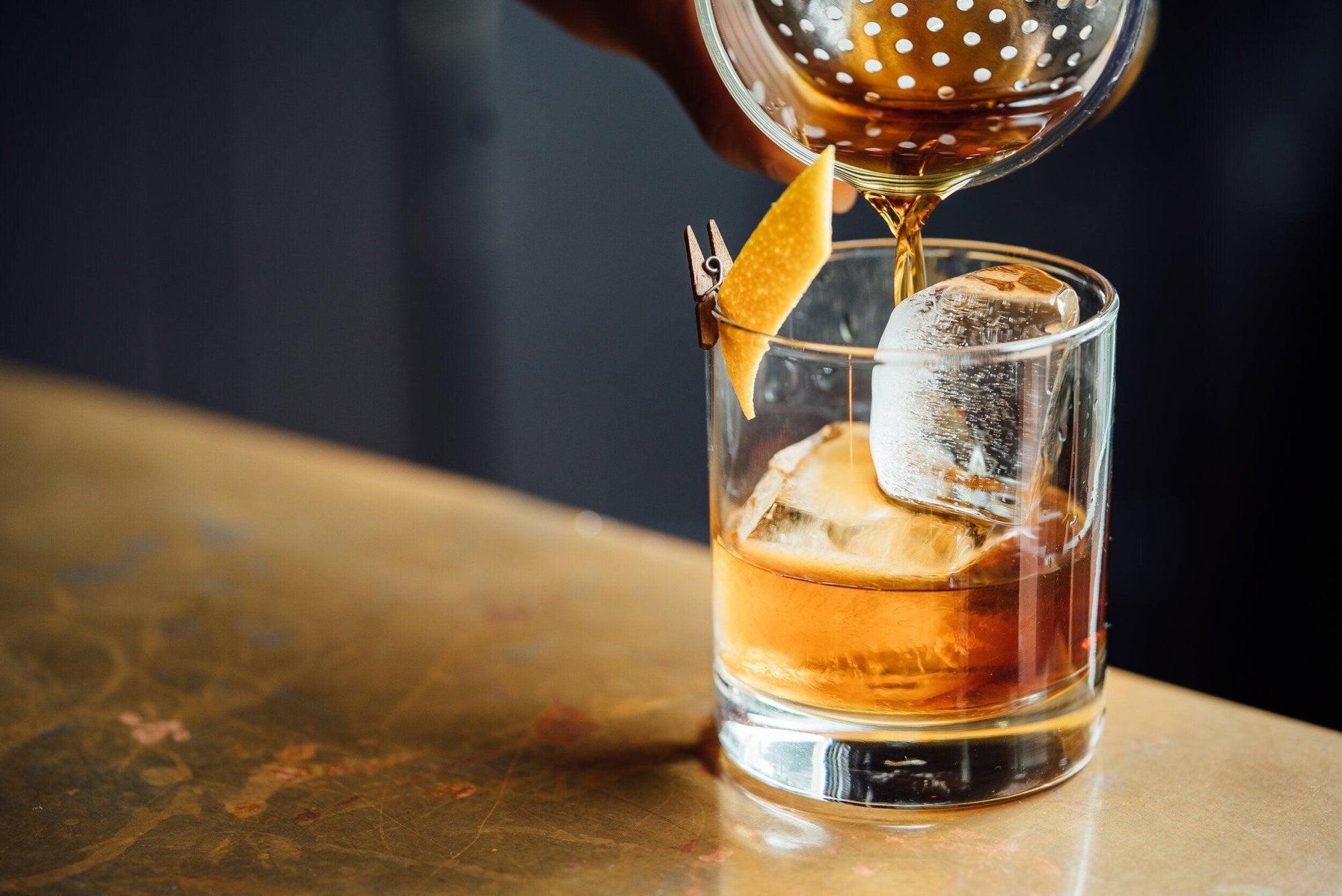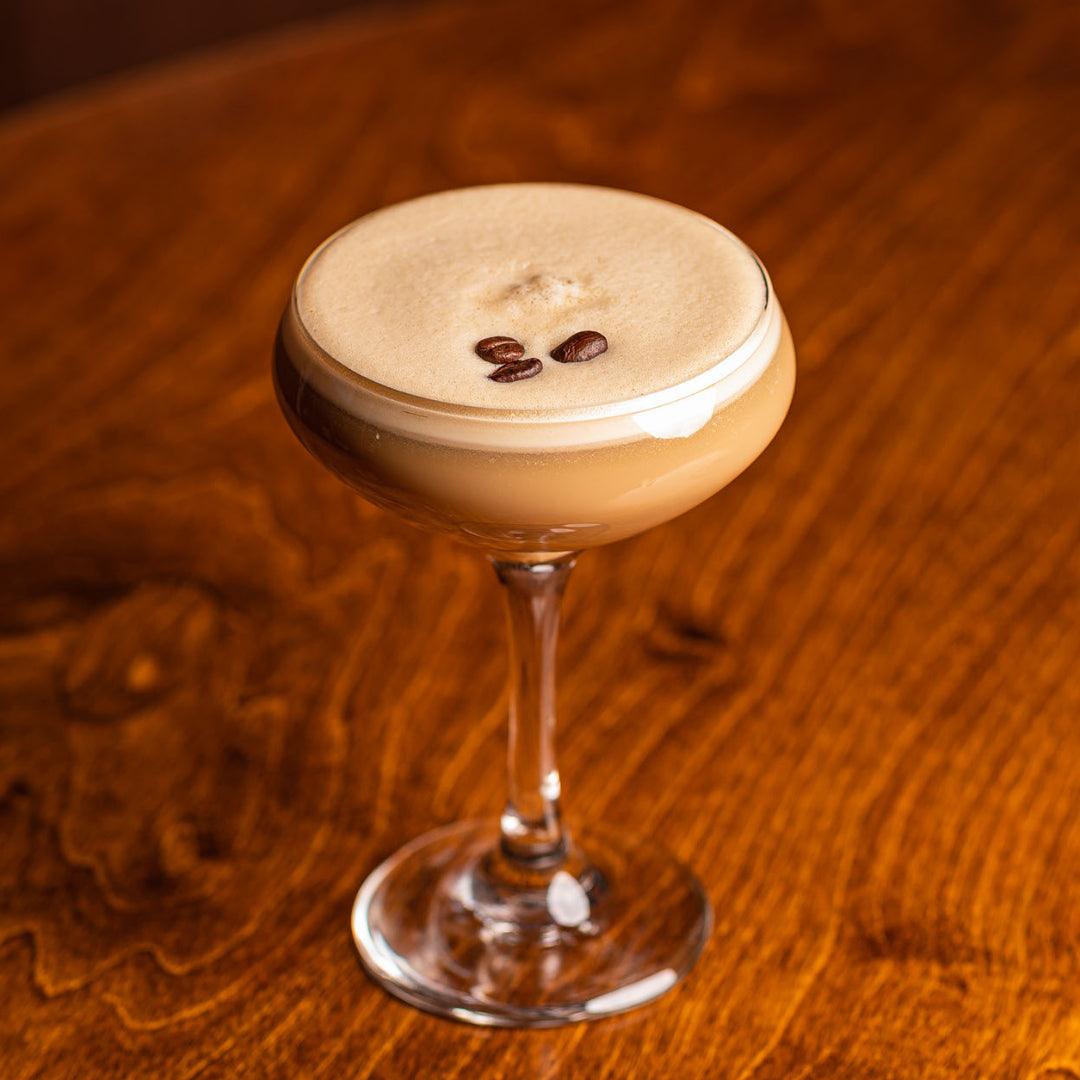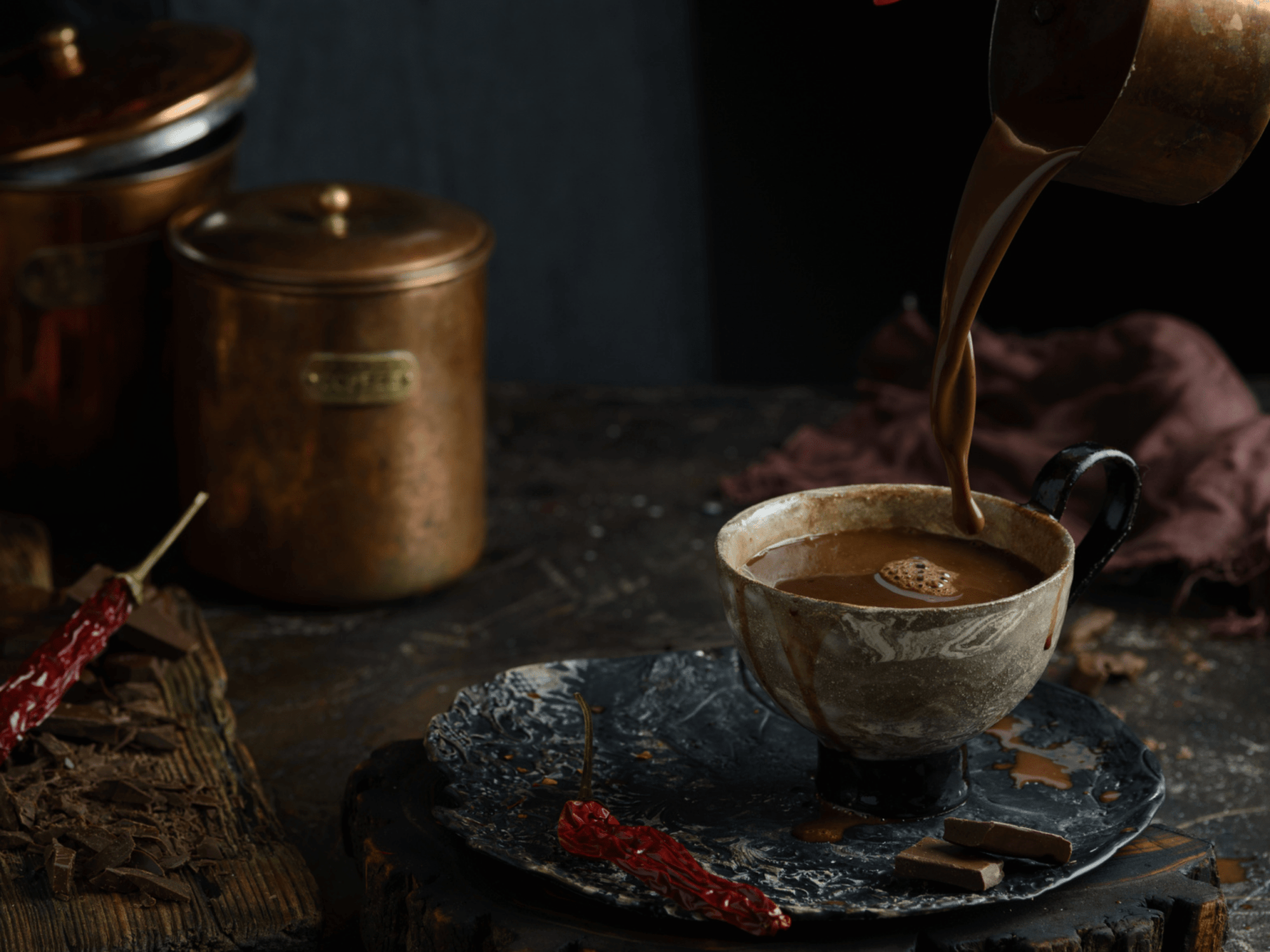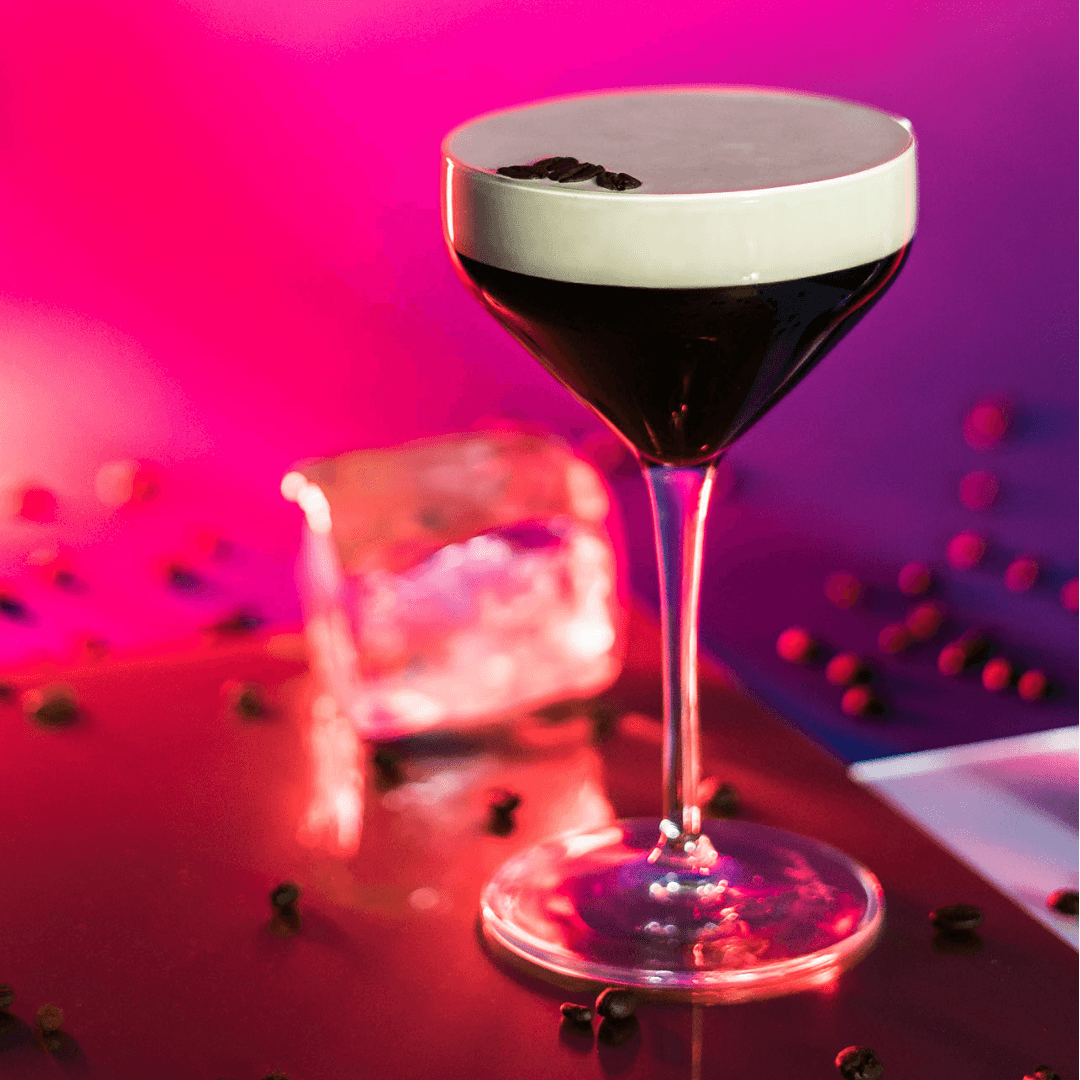Non-Alcoholic Mojito Recipe
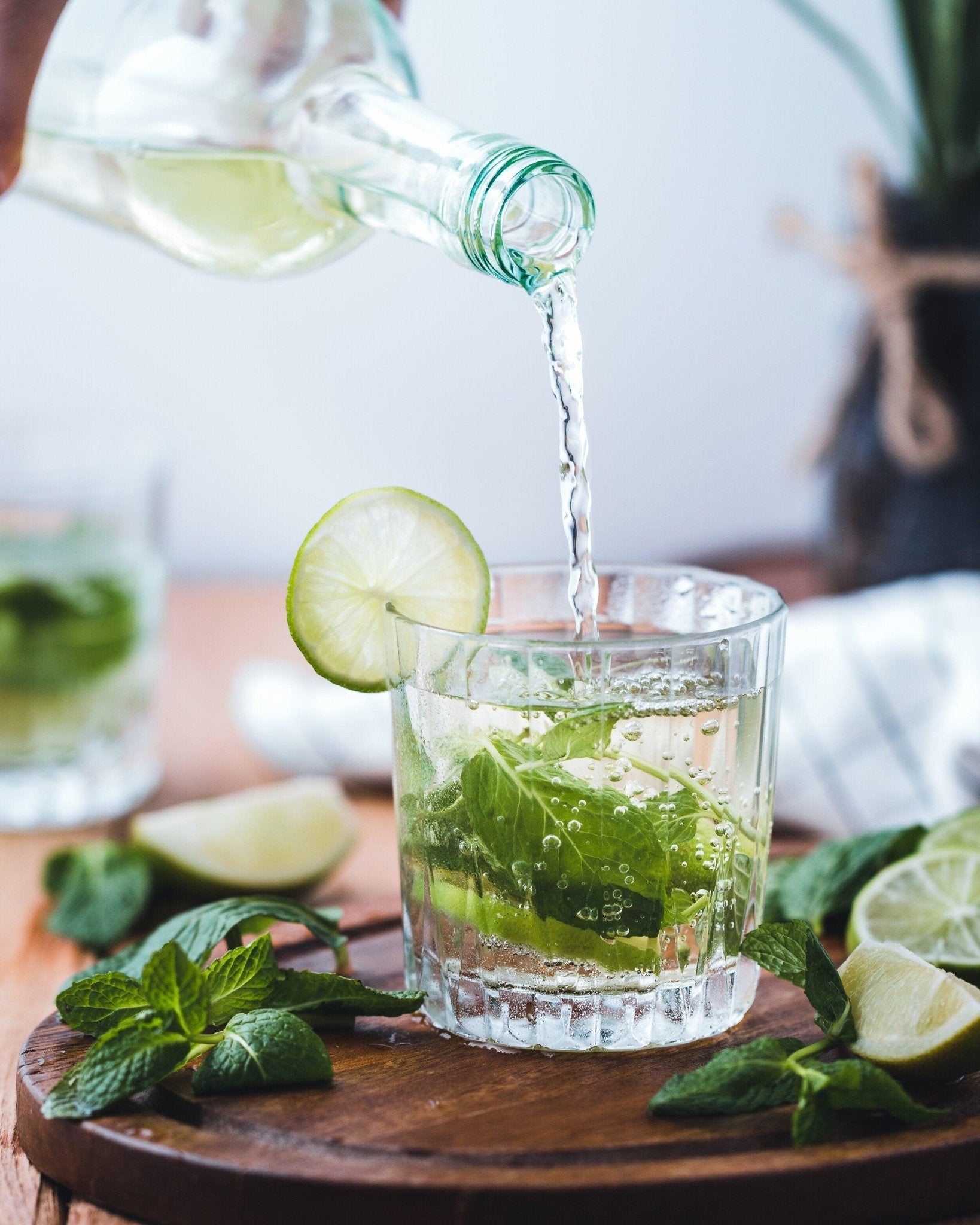
Skipping tequila doesn't have to remove the kick from your mojito. When mixing a non-alcoholic mojito, agave is key. Every good mojito needs that signature flavor and the agave simple syrup used in this non-alcoholic recipe delivers. Each sip of this zero proof cocktail starts with the welcoming taste of citrus followed by the distinct fruity sweetness of agave and, of course, the flavor and aroma that only mint provides.
The secret to getting an NA mojito to taste just like the classic is quality ingredients. In this case, that means fresh mint leaves that are a lovely vibrant green color, freshly squeezed lime juice (no concentrate) and all-natural agave nectar without the unnecessary additives. Lastly, for those who enjoy a very clean tasting non-alcoholic mojito, stick with your favorite sparkling/carbonated water instead of tonic water which can impart a bitter taste due to the quinine dissolved in the water.
Total Time: 40 minutes
Active Time: 10 minutes
Ingredients
Serves 1
Agave simple syrup
-
1 cup agave nectar
-
1 cup water
Mojito
-
8 large mint leaves
-
2 tablespoons fresh lime juice
-
1 tablespoon agave simple syrup
-
Sparkling water
-
Mint leaf and wedge of lime for garnish, optional
Directions
To make the agave simple syrup:
-
Add the agave nectar and water to a small saucepan.
-
Bring to a boil then reduce to a simmer.
-
Stir for 2-3 minutes or until the agave dissolves.
-
Leave to cool for 30 minutes.
-
Transfer to a bottle or jar.
For the mojito:
-
Muddle the mint leaves in the bottom of a sturdy glass.
-
Pour in the lime juice followed by the agave simple syrup. Stir.
-
Top with sparkling water and garnish with a mint leaf and/or wedge of lime if desired.
History of the Mojito (before the Virgin)
Is it even a famous cocktail if its exact history isn't shrouded with mystery and a little splash of dispute? The most famous origin of this drink comes from the 1500s when Sir Francis Drake was sent by Queen Elizabeth I to plunder Havana. His crew suffered from widespread dysentery and scurvy which, serendipitously, would ultimately set in motion the birth of this timeless concoction.
The crew went on the shores of Havana to borrow certain ingredients, specifically aguardiente de Cana, mint leaves, and the juices from sugar cane and limes from the locals to put together a tonic. This concoction is one of the origin stories of mojito. This tonic was called 'El Draque' after Sir Francis Drake. The rum concoction evolved into what is known as 'mojito' in the modern world.
The Spanish word "mojadito" (meaning "a little wet") and the Cuban lime-based seasoning "mojo" are possible derivations for the name of the cocktail which came much later.
In other claims, the drink is said to be invented in "La Bodeguita del Medio" in Havana, Cuba. This drink was discovered by Ernest Hemingway, who made it popular later on. There are no mentions of mojito in his books or other pieces of literature, however, there is a sign in the restaurant that reads 'My Mojito in La Bodeguita My Daiquiri in El Floridita'.
Mojito remains a popular cocktail to this day because of its light, summery taste along with a tropical vibe that transports people to ancient Cuban soil.
